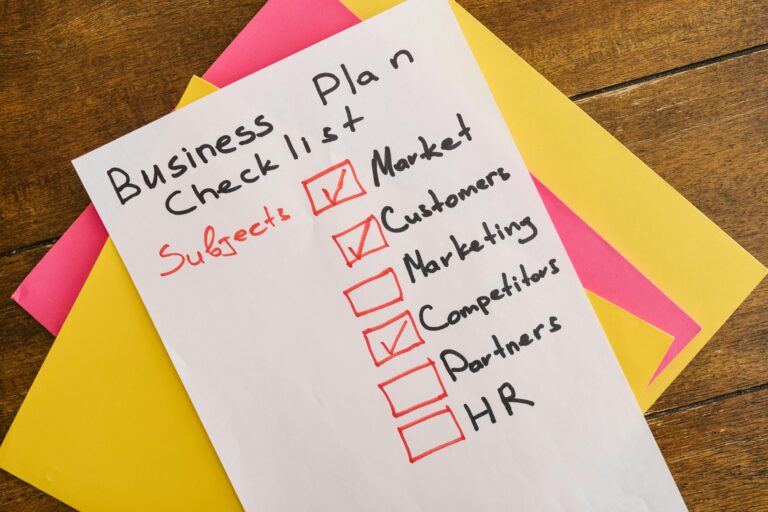Finding the Perfect Location for Your Retail Store: A Strategic Guide
Choosing the right location for your retail store is akin to finding the perfect stage for a captivating performance. It sets the tone, determines your audience, and significantly impacts your business’s success. Whether you’re opening a boutique, a cozy café, or a tech gadget shop, here’s a comprehensive guide to help you navigate the labyrinth of location decisions.
1. The Three Phases of Location Selection
1.1. Choosing the City
Before scouting specific sites, start by selecting the right city. Consider the following factors:
- Size of the Trading Area:
- Understand the city’s reach. How far does its influence extend? A larger trading area means more potential customers.
- Analyze population density and trends. Is the city growing or declining?
- Total Purchasing Power:
- Who has the money? Identify income levels and spending habits.
- Research the city’s retail trade potential for different product lines.
- Competition:
- Evaluate the number and size of competitors. Are there gaps in the market?
- Assess the quality and aggressiveness of existing businesses.
1.2. Choosing an Area Within the City
Now that you’ve narrowed down the city, focus on specific areas:
- Customer Attraction Power:
- Where do people naturally gravitate? Consider busy streets, shopping centers, and popular neighborhoods.
- Proximity to complementary businesses matters. For instance, a bakery near a coffee shop creates synergy.
- Access Routes:
- Evaluate ease of access. Are there highways, public transportation, or parking facilities nearby?
- Zoning regulations play a role. Ensure your business aligns with local zoning laws.
- City’s Expansion Direction:
- Anticipate growth patterns. Is the area expanding toward your chosen location?
- Be part of the city’s future, not just its present.
1.3. Identifying a Specific Site
Now it’s time to pinpoint your store’s exact spot:
- Traffic Flow:
- High foot traffic is desirable. Observe pedestrian movement during different times of day.
- Consider vehicular traffic too—especially if your business relies on drive-by customers.
- Neighboring Stores:
- Who are your neighbors? Complementary businesses can attract shared clientele.
- Avoid direct competitors unless you’re confident in your unique value proposition.
- Parking Availability:
- Sufficient parking is crucial. Customers won’t appreciate circling the block endlessly.
- Explore nearby parking lots, street parking, and any restrictions.
- Demographics of Surrounding Neighborhoods:
- Understand the local population. Age groups, income levels, and lifestyle preferences matter.
- Tailor your offerings to match the neighborhood’s vibe.
2. Power Zones and Digital Insights
- Power Zones:
- Use tools like Scribble Maps to create a power zone. Mark your business location (the “X”) and draw circles representing 5, 10, and 15 miles around it.
- These circles represent where your core customers live and work. Analyze demographics within these zones.
- Will their purchasing power support your sales goals? Adjust your offerings accordingly.
- Google Trends:
- Research global search trends. Google Trends reveals what people are searching for and where.
- For example, if “raw food” searches peak in the San Francisco Bay Area, a raw juice and snack concept would thrive there.
3. Population Dynamics and Seasonal Considerations
- Population Growth:
- Is the population stable, growing, or declining? Consider long-term prospects.
- Account for seasonal variations (e.g., college towns during summer breaks).
- Local Events and Festivals:
- Factor in local events that attract crowds. A store near a popular festival venue benefits during festivities.
4. Local Ordinances and Future Expansion
- Regulations and Zoning:
- Understand local ordinances, permits, and licensing requirements.
- Compliance ensures a smooth launch.
- Expansion Plans:
- Think ahead. Does the site allow for future expansion? Consider scalability.
5. Your Store’s Story Begins Here
Remember, your store’s location isn’t just coordinates on a map—it’s the opening chapter of your business story. Choose wisely, blend data with intuition, and create a stage where your brand can shine.
References:
- Entrepreneur: How to Find the Right Location for Your Store
- [BusinessMirror: 8 Tips to Finding the Right Location for Your Business](https://businessmirror.com.ph/2020/





